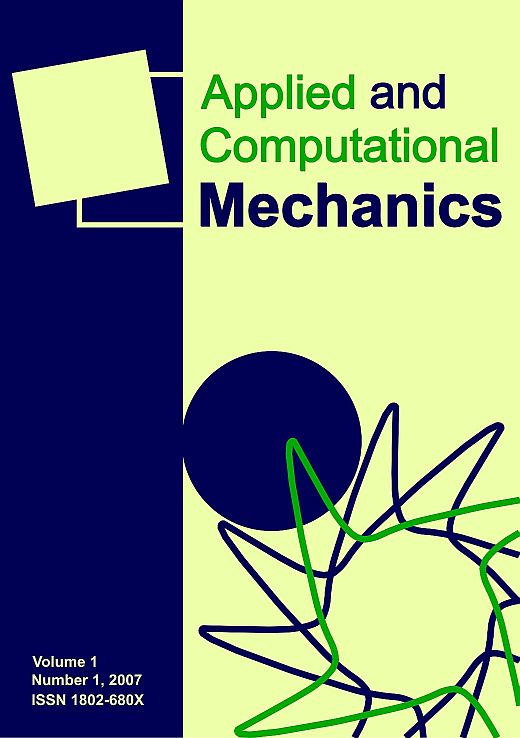Comparison of various refined beam theories for the bending and free vibration analysis of thick beams
Keywords:
thick beam, shear deformation, principle of virtual work, bending analysis, transverse shear stress, free flexural vibration, natural frequencies, dynamic shear correction factorAbstract
In this paper, unified shear deformation theory is used to analyze simply supported thick isotropic beams for the transverse displacement, axial bending stress, transverse shear stress and natural frequencies. This theory enables the selection of different in-plane displacement components to represent shear deformation effect. The numbers of unknowns are same as that of first order shear deformation theory. The governing differential equations and boundary conditions are obtained by using the principle of virtual work. The results of displacement, stresses, natural bending and thickness shear mode frequencies for simply supported thick isotropic beams are presented and discussed critically with those of exact solution and other higher order theories. The study shows that, while the transverse displacement and the axial stress are best predicted by the models 1 through 5 whereas models 1 and 2 are overpredicts the transverse shear stress. The model 4 predicts the exact dynamic shear correction factor (pi^2/12 = 0.822) whereas model 1 overpredicts the same.Downloads
Published
30-Dec-2011
Issue
Section
Articles
License
Copyright (c) 2016 Applied and Computational Mechanics

This work is licensed under a Creative Commons Attribution 4.0 International License.
How to Cite
[1]
A. S. Sayyad, “Comparison of various refined beam theories for the bending and free vibration analysis of thick beams”, APPL COMPUT MECH, vol. 5, no. 2, Dec. 2011, Accessed: Dec. 05, 2025. [Online]. Available: https://acm.kme.zcu.cz//article/view/161







